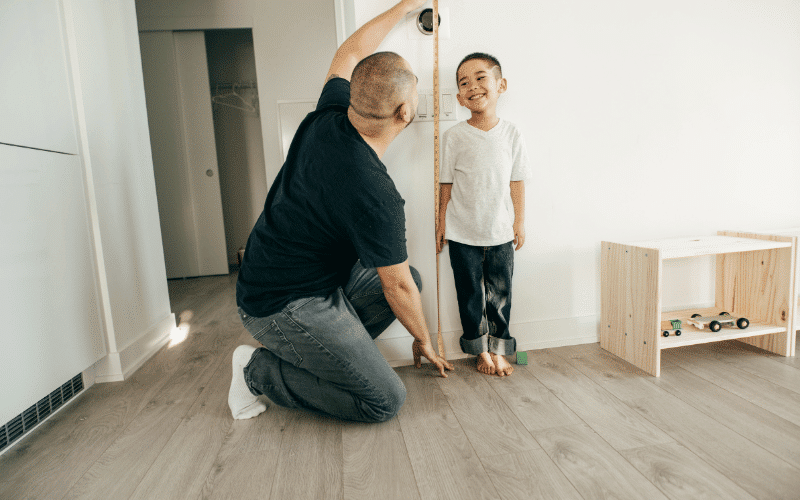2. Hindered Growth: Iodine Deficiency’s Physical Manifestation

Another clear indicator of iodine deficiency is slowed physical development. Iodine contributes significantly to a child’s growth, with a deficiency potentially leading to stunted growth or a shorter stature compared to their peers.
Growth is a complex process involving a myriad of hormones and factors, and iodine plays a key role in this intricate ballet. It helps produce the thyroid hormones crucial for growth and development. Without sufficient iodine, these hormone levels can plummet, directly impacting a child’s growth trajectory.
Growth retardation due to iodine deficiency doesn’t only mean a shorter stature. It can also affect the development of other physical attributes. For instance, bone maturation can be delayed, and there might be a late onset of puberty.
Interestingly, growth retardation from iodine deficiency is not always uniform. Some children might display a disproportionate growth pattern, with certain parts of their bodies growing slower than others. This can lead to an unusual body proportion until the deficiency is corrected.
The link between physical development and iodine intake is firmly established, making slowed growth a critical sign of iodine deficiency. However, remember that this condition is treatable. With early detection and proper intervention, children can catch up to their growth milestones. (2)
